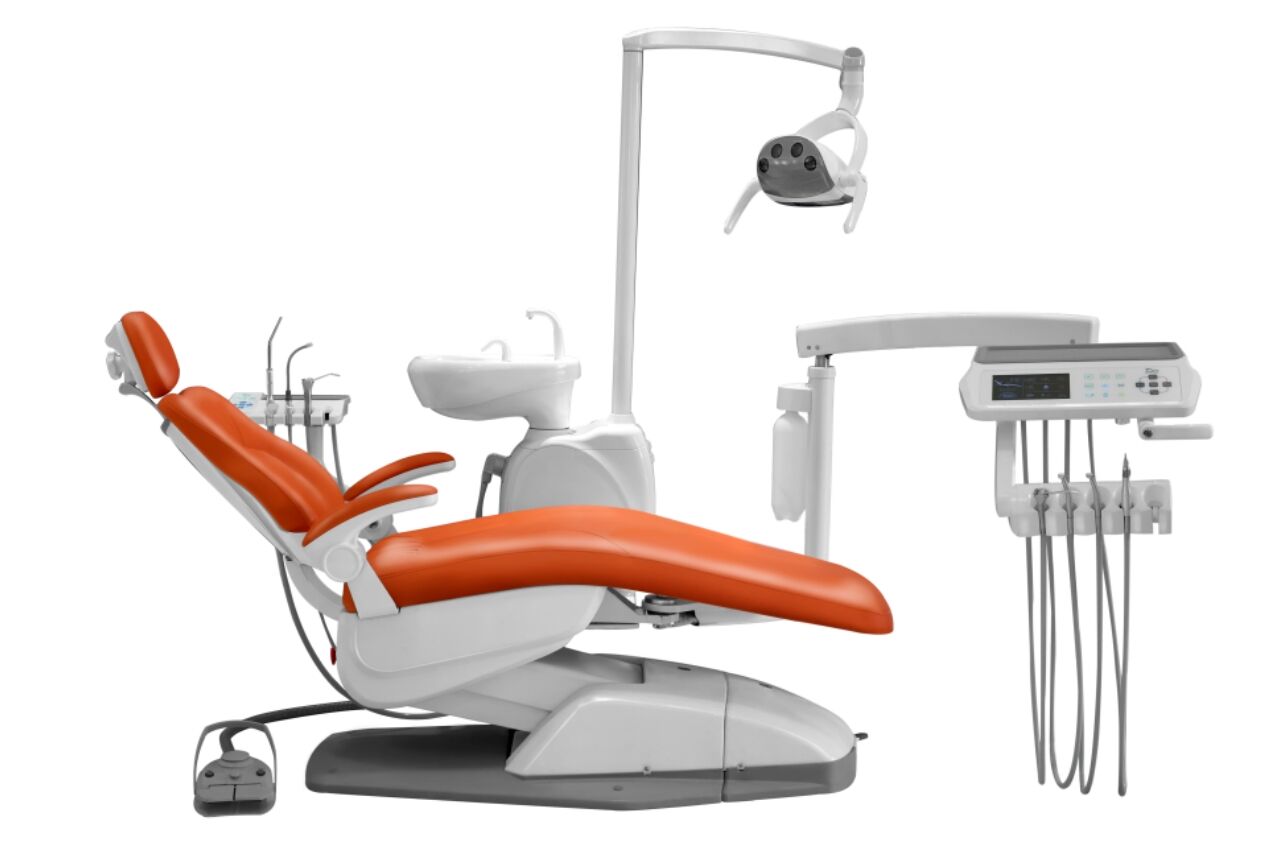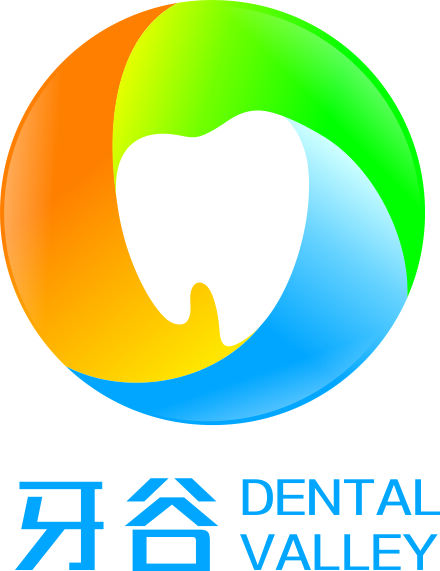Dental hygienists are really important when it comes to keeping people's mouths healthy. They spend time cleaning teeth, stopping gum problems before they get bad, and spotting possible dental troubles long before they become serious issues. The instruments these professionals work with make all the difference in delivering good quality service without causing discomfort or risk to patients. So let's take a look at some of the must-have items in any hygienist's toolkit that help them do their job properly day after day.
Whether you're just starting as a dental hygienist or you're a seasoned professional looking to update your toolkit, understanding which instruments are best for various procedures is key to optimizing your workflow and delivering the highest standard of care.
Essential Handheld Tools for Scaling and Cleaning
Scalers and Curettes
Dental professionals rely heavily on scalers for cleaning teeth. These tools vary quite a bit in shape and size depending on what they're meant to do. Their primary job is getting rid of plaque, calculus buildup, and stubborn tartar deposits not just on teeth surfaces but also under the gums where it tends to hide. Most dentists work with two basic kinds of scalers regularly. Sickle scalers handle plaque and tartar removal above the gum line pretty well. For those tricky areas below the gum line where bacteria love to hang out, universal curettes are the go to choice since they can actually reach down into those subgingival spaces for thorough cleaning.
For hygienists, these tools offer the precision needed to clean even the most challenging areas without causing damage to the teeth or gums. The use of scalers and curettes is essential for maintaining a patientâs oral health and preventing gum disease.
Periodontal Probes
The periodontal probe is basically a slender tool that dental professionals use to check how deep those little spaces are between teeth and gums. When a hygienist runs this instrument along the gum line during a routine exam, they're really looking at whether everything looks healthy down there. Most people don't realize it, but these measurements tell quite a story. Normal pocket depths usually range from 1 to 3 millimeters. Anything beyond that might be cause for concern since deeper pockets often mean bacteria has been building up underneath the gums, which could lead to serious problems like gingivitis or even tooth loss if left untreated. That's why regular dental checkups include this simple yet important test.
The periodontal probe is a critical dental cleaning tool because it provides essential diagnostic information that helps hygienists make decisions about a patient's treatment plan. A probe with marked increments (usually millimeters) ensures consistent and accurate measurements.

Power-Assisted Cleaning Tools
Ultrasonic Scalers
Most dental hygienists now rely on ultrasonic scalers as part of their regular equipment. These devices work by sending out rapid vibrations that chip away at tartar and plaque buildup on teeth surfaces. Afterward, the dentist usually rinses everything off with water during the cleaning process. What makes these tools so useful for professionals is their ability to tackle those tricky spots between teeth where traditional methods just don't reach effectively. Plus, they save time since the hygienist doesn't need to spend as much energy scraping manually compared to older techniques.
Ultrasonic scalers are particularly effective for patients with heavy tartar buildup or those who may have difficulty with manual scaling. They are also faster than hand instruments and can reduce patient discomfort due to their gentle vibrations.
Air Polishing Systems
When someone needs their teeth cleaned of stains or wants that extra shine, air polishing tends to work really well. The system mixes compressed air with water and a special kind of powder that helps lift away stubborn stains and plaque buildup. What makes this method stand out is how softly it works while still getting the job done properly. People with sensitive gums often find this approach much better than traditional methods. Dentists also recommend it as a follow-up treatment after regular cleanings when there's still some discoloration left behind.
Air polishing systems are a great addition to the arsenal of dental cleaning tools used by hygienists, as they provide quick and efficient stain removal, enhancing the overall appearance of the patient's teeth.
Diagnostic Tools for Thorough Assessments
Mouth Mirrors
Every dentist has one of those little round mirrors with a metal handle hanging around somewhere in their toolkit. These mirrors give an excellent look at teeth and gums, particularly where visibility gets tricky like those hard-to-reach back molars and right along the gum margins. When working on cleanings, dental hygienists rely on these mirrors to position themselves correctly while using instruments like scalers and curettes. Without this simple tool, getting into those tight spots becomes practically impossible during routine checkups.
Mirrors also serve another important function: they allow hygienists to reflect light into the mouth, improving visibility during procedures. A quality mirror is indispensable for accurate diagnoses and smooth procedures.
Explorers
Explorers are used for detecting cavities, rough spots, and decay beneath the enamel. These tools have a sharp, pointed tip that helps the hygienist explore the surface of the teeth and identify irregularities that may not be visible to the naked eye.
They are also used for assessing the smoothness of fillings and crowns, ensuring the proper contour and fit. This makes explorers one of the most important dental cleaning tools for hygienists, allowing for early detection of potential issues and facilitating timely treatment.
Specialized Tools for Comfort and Efficiency
Disposable Kits and Bibs
Hygienists also rely on disposable kits and bibs to keep the treatment area sanitary and organized. Bibs help protect the patientâs clothing from saliva and debris, while disposable instrument trays ensure that all tools are properly organized and ready for use.
These supplies are crucial for maintaining a hygienic environment in the clinic and ensuring the safety of both the patient and the hygienist.
Sterilization and Maintenance Tools
Sterilization is a critical part of dental care, and hygienists need to ensure that their tools are properly cleaned and maintained. Sterilizing instruments between patients is a fundamental practice to prevent cross-contamination.
Autoclaves, ultrasonic cleaners, and sterilization pouches are commonly used to ensure that dental cleaning tools are fully sanitized before being reused. Regular maintenance and cleaning of these instruments not only extend their lifespan but also ensure the safety and comfort of patients.
Conclusion â The Role of Proper Tools in Effective Dental Care
Hygienists rely on a variety of dental cleaning tools to provide safe, efficient, and high-quality care for patients. From manual instruments like scalers and curettes to modern power-assisted tools like ultrasonic scalers and air polishers, each tool plays a vital role in maintaining and improving oral health.
Investing in the right equipment, staying updated with the latest advancements, and ensuring proper training are key to delivering the best possible care. Ultimately, the right dental cleaning tools enhance the overall patient experience, ensure better oral health outcomes, and contribute to a successful dental practice.
FAQ
What is the most essential dental tool for cleaning?
The scaler is one of the most essential tools for cleaning teeth, used for removing plaque and tartar buildup.
Are ultrasonic scalers better than manual scaling tools?
Ultrasonic scalers are faster and can remove heavy buildup with less effort. However, manual scalers provide more precision in certain areas.
How often should dental cleaning tools be replaced?
Dental cleaning tools should be replaced when they show signs of wear or damage. Regular maintenance is also important for their longevity.
Can air polishing be used on all patients?
Air polishing is effective for most patients, but it should be used with caution on those with sensitive teeth or certain dental conditions. Always assess each patientâs needs before use.

